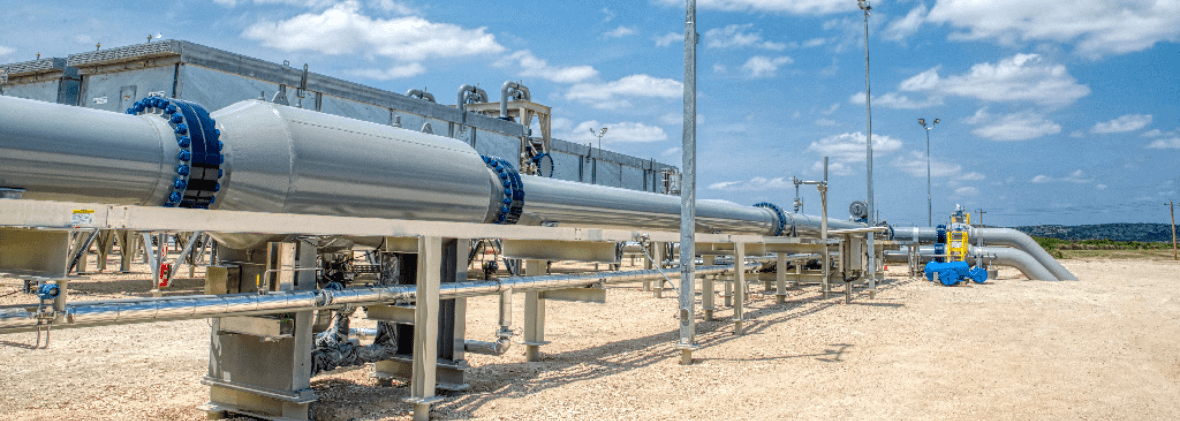
Pipeline Construction Equipment Rental Options
Pipeline construction is complex work. It often happens in remote areas in harsh weather and demands strict timelines. Heavy equipment supports every stage, from site prep to final assembly. For many contractors, renting is the most affordable way to get reliable machines on-site quickly.
What Equipment Is Used in Pipeline Construction?
Clearing the Right-of-Way
Pipeline routes often cut through forests and brush. Using the right forestry equipment makes it easier to clear trees, undergrowth and stumps. Common machines include feller bunchers, forwarders, chippers, tree spades, and stump grinders.
Earthmoving
Almost every phase of a pipeline project requires dependable, hardworking earthmoving machines for tasks like excavating, loading, and hauling. Dozers, excavators, backhoes, and wheel loaders are also used to build temporary access roads between staging areas and the right-of-way.
Material Handling
Crews need to transport and lift heavy tools and pipe sections safely. High-performing machines such as rough-terrain forklifts and material handlers move resources quickly and efficiently across rugged jobsites.
Trenching
Digging trenches is one of the most critical steps. High-capacity excavators handle the digging, and trench shoring equipment keeps crews safe from cave-ins.
Pipelaying
Placing pipe requires purpose-built machines. Pipelayers use side-mounted booms to lift and position pipe sections into the trench. Models come in capacities from 40,000 to over 200,000 pounds with boom lengths suited to job requirements.
Welding
Pipeline sections are usually 40 feet long and must be joined together. Portable welders and towable models make it possible to weld in place with easy mobility around the site.
Compressed Air Delivery
Crews rely on pneumatic tools like drills and hammers. Reliable compressed air equipment provides the power through portable compressors.
Lighting
Work often continues after dark or in low-visibility conditions. Effective illumination in targeted areas comes from portable light towers, which can be towed into position.
Electricity
Remote projects often lack reliable grid power. Towable or trailer-mounted natural gas or diesel generators deliver electricity across the site and help avoid costly delays.
The Cat® Rental Store Has Everything You Need
Whatever your pipeline project requires, you’ll find it at the Cat® Rental Store. Check out our pipeline construction equipment lineup, request a fast quote, or find a dealer near you today.
FAQs About Pipeline Construction Equipment
What heavy equipment is essential for pipeline construction?
Dozers, excavators, pipelayers, welders, compressors, light towers, and generators are all critical.
Why rent instead of buy pipeline equipment?
Renting saves on upfront costs, reduces storage needs, and provides access to the latest machines with dealer support.
Can I rent Cat equipment for every stage?
Yes. The Cat Rental Store has solutions for clearing, trenching, pipelaying, welding, and more.
Find The Cat Rental Store Near You